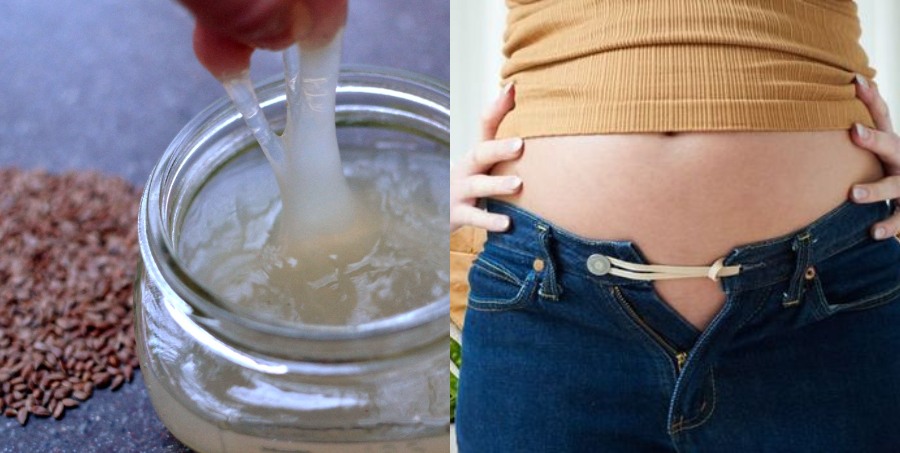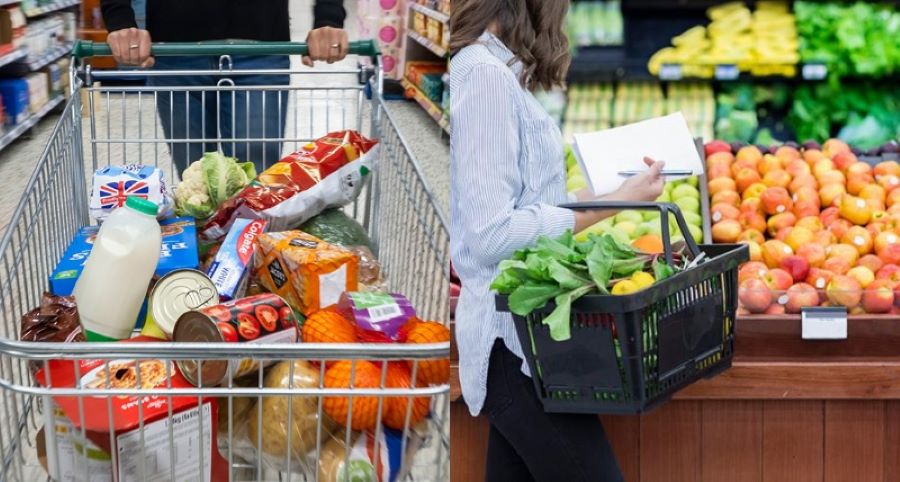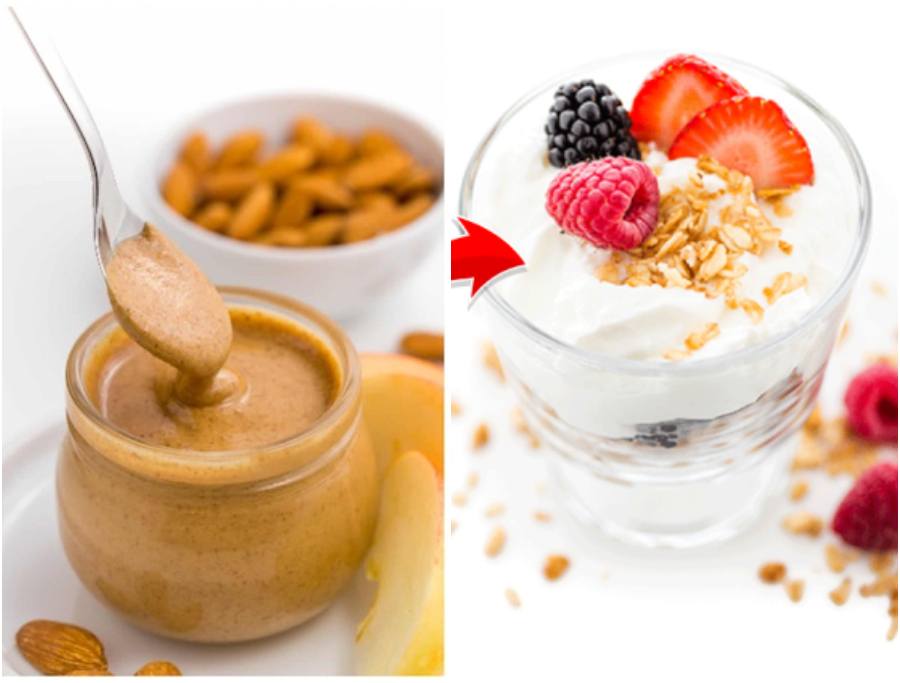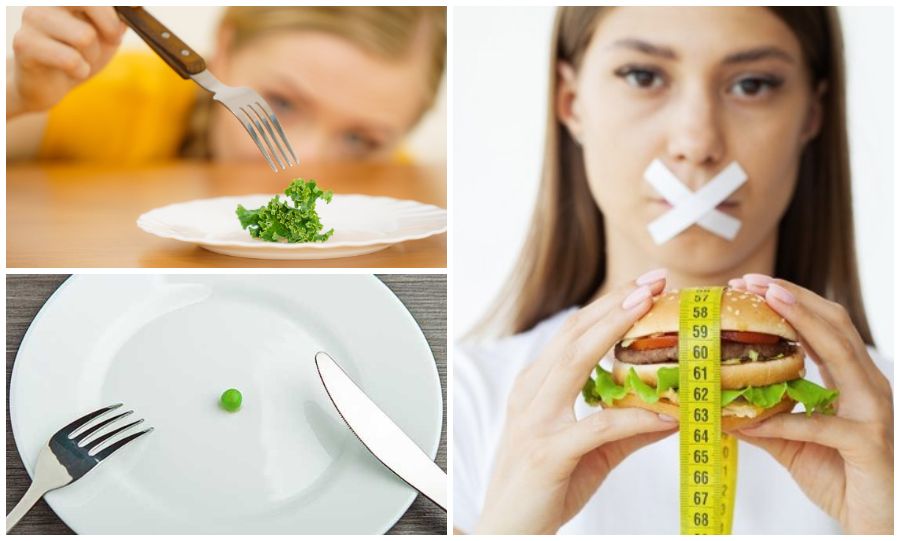A lot of women rue how belly fat is almost impossible to shake off and we couldn’t agree more! The waist or abdominal area stores both subcutaneous (fat right under the skin), and visceral fat (fat that’s wrapped around internal organs). Though it seems impossible to get the belly fat to shed or melt, it’s quite do-able- by following a good diet, regular exercise, good sleep, and making lifestyle changes. If you want to keep your waistline slim, diet plays a major role more than anything else and that’s why, we have decided to list down the list of foods that are bad for your waistline so that you can totally avoid them in the first place.
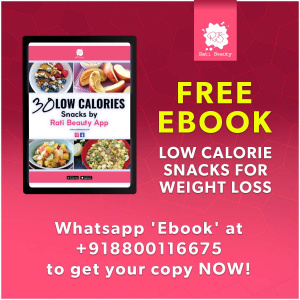

How Fat Gets Stored around the Waist:
As we have mentioned earlier, when we consume excess amount of calories in a day that we cannot burn out, those unused calories get stored in the body when the hormone insulin stores them as fat, particularly around the waist area. When you eat high sodium, high sugar, empty calories, they quickly raise your total calorie count and it would become hard to burn off the excess calories even when you slog it out in the gym. The easiest place to store all the excess calories in the form of fat is around the belly area. Therefore, diet control and a good diet are of primary importance when it comes to belly fat.

Why Belly Fat is a Cause of Concern:
Belly fat has two forms – visceral and subcutaneous fat. It is often indicative of underlying metabolic disorders and often predisposes one to diseases such as diabetes, cardiovascular problems, and even stroke. If the abdominal circumference goes beyond 35 inches in women, it’s definitely a cause for concern. increased waist circumference increases the risk of metabolic syndrome, a cluster of conditions shown to increase the risk of heart disease, stroke, and diabetes. It can also make you pre-diabetic with an increased risk for developing diabetes, high blood pressure, and cardiovascular problems.
What Factors Add to the Belly Fat:
- High sodium/salt content.
- High sugar consumption.
- Transfat – Transfat is artificially made from vegetable oils by a process called hydrogenation where hydrogen molecules are added to the oil. This is done to increase the shelf life of the oil, to solidy the oil, and make it more appetizing and suitable for frying. Also, transfat is an inexpensive way to add taste to the oil, but this process is extremely harmful to the human body due to the high proportion of LDL (bad cholesterol) which can wreak havoc in the body and puts one at the risk of developing morbid diseases like type 2 diabetes, stroke, and heart disease.
- Eating junk food in breakfast – When you don’t kickstart your day with nutrition, the body becomes sluggish and metabolism becomes slow, and it would become difficult to burn even optimum amount of calories.
- Overdosing on Fiber: Going overboard with fiber in the morning will keep you bloated and gassy through the day, giving the abdomen a distended appearance.
- Skipping Fat at Breakfast: Not all “fats” are bad. Polysaturated and monosaturated food items like nuts, avocado, eggs, peanuts, etc. keep you full through the day and decrease cravings so that you do not load up on calories through binge eating.
- Not consuming enough omega-3 fatty acids encourages fat storage around the waistline.
- Consuming more low-fat and fat-free foods are loaded with sugar and emulsifiers that increase calories to extreme numbers.
- Not reading labels: Make sure you are reading labels to weed out hidden ingredients like transfat, preservatives, sugar, and salt content.
32 Foods that are Bad for your Waistline:
1. Packaged juices – They are loaded with sugar and preservatives.
2. Refined flour – Completely devoid of any nutrient, do not have fiber content, only add up to calories.
3. Refined sugar – Sugar is highly addictive and it’s not easy to get off sugar, but it’s important to cut back on refined sugar because it raises inflammation in the body and pre-disposes one to heart disease, diabetes, and other life-threatening diseases. But we are here to tell you the benefits of cutting back on sugar.
4. Artificial sweeteners: When compared to refined sugar, artificial sweeteners do have lesser calories, but they do have calories and if you go overboard adding artificial sweetener in everything, you would end up gaining weight! Natural sweeteners like honey and jaggery are much better options because they are not processed or refined and get metabolized by the body in a natural way.
5. Margarine: It contains transfat which piles up the calories.
6. Beer – We all have heard of “beer belly,” right?! and it does exist. If you drink a lot or like having beer often, you need to cut your portion. Once in a while, you can enjoy a cheat day but make sure you are keeping alcohol at bay. Beer belly does not go easily and it is quite difficult to get in shape if you continue to have high amounts of alcohol. Once you stop drinking, the add-along snacks and aerated drinks will be out of your system too.
6. French fries: French fries are usually filled with saturated and transfat and are absolutely bad for your waist.
7. Fried food: Just like French fries, vegetable oil have transfat that are bad for your waist line.
8. White rice: It is rich in refined carbs and causes sharp spike in blood sugar which leads to creation of fat cells in the waist area.
9. Foods with FODMAPs: Or fermentable oligo-, di-, mono-saccharides and polyols do not get digested and instead are fermented by the gut bacteria in the colon. Upon completion of this fermentation, gas is produced. FODMAPs act as fuel for the friendly bacteria in the gut, however, excessive gas formed can cause cramping, bloating, and flatulence. Beans, dals, lentils, legumes have high amount of FODMAPs.
10. Potato chips: It’s quite obvious, with high carb content, adds to belly fat.
11. Muffins: Made of refined flour, high sugar, and oil content.
12. Doughnuts – Made of refined flour, high sugar, and oil content.
13. Low-fat Greek yogurt: Companies usually substitute fat with high sugar content in low fat products.
14. Low-fat products: When fat is removed to reduce the calorie content of certain products, sugar is usually added to heighten its taste. Full-fat dairy is a better option.
15. High-fructose corn syrup: Have high calories and also extremely high in fructose, a type of sugar that can contribute to fat accumulation around the waist area.
16. Flavoured Coffee: Loaded with refined sugar.
17. Sports Drinks: It’s more about sugar than energy in these bottles, can contain up to 500 calories in a single bottle.
18. Peanut butter with salt and sugar: It’s better to make your own peanut butter because most of the ones in the market have preservatives, high sugar, and salt content.
19. Cola: Sugary coal drinkers have more visceral fat stored in the body.
20. Candies: High sugar content leads to weight gain around the abdominal area.
21. Vegetable oil: Most oils are made from using hexane, hexane which is a component of gasoline. These oils are highly processed and promote fat storage in the body.
22. Low Sugar products or Sugar-free Food: Such food items are highly processed and have artificial sweeteners that do add calories to the body.
23. Burgers with soy protein isolate: This ingredient leads to water retention and bloating in the body.
24. Readymade food packets: Have loads of salt, sugar, and of course preservative.
25. Sweets: For obvious reasons, they are made with refined sugar mostly and are extremely deterimental to the health.
26. Granola: Usually considered healthy by a majority of people, they are hardly healthy with their sugar content.
27. Cereals: Breakfast cereals with “low fat, sugar free, low sugar” taglines make a convenient breakfast option but they are one reason why you are not able to shed weight, particularly from the area. They make weight gaining easy!
28. Any fast food: Needless to say, fast food is the easiest way to gain weight, so shun them totally.
17 Foods that Cause Bloating and How to Prevent Gassiness
How to Reduce Belly Fat

